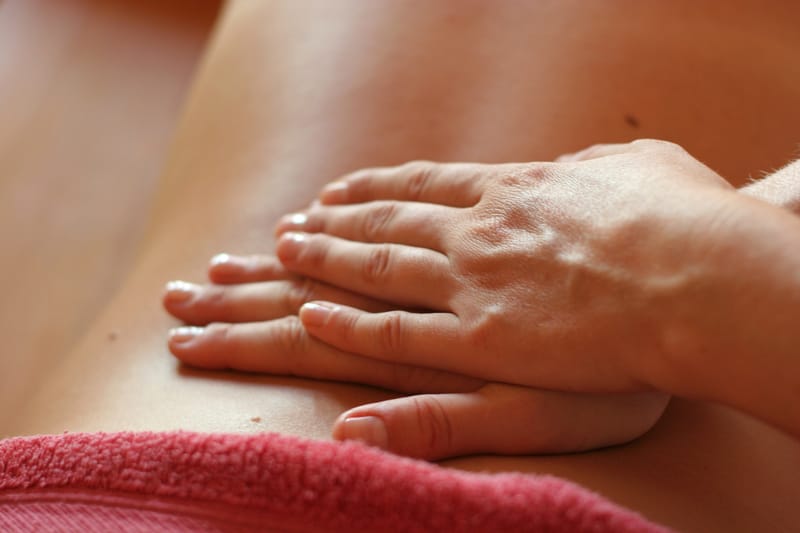Therapeutic

The label of therapeutic massage is a way to indicate that the purpose of the massage is meant to offer health benefits. The therapeutic massage is both the client and practitioner have a shared goal of achieving structural changes within the body, generally through a series of regular massages.
It's helpful to have a little history to understand why therapeutic massage is such an important term in the field of massage therapy.
A therapeutic massage means you present to the therapist with a specific complaint, for instance, pain in your hip, tight shoulders, or a spasm in your lower back (or even all three). The therapist then follows a four steps:
- Assess your current condition. This will include taking a history, asking how long have you experienced the pain, whether the onset was sudden, how you experience the pain, etc. The therapist will also observe the way you move, test your range of motion, and feel the tissue during the treatment for consistency and texture.?You basically tell the therapist was
- Propose a plan. Once the therapist has a good idea of your condition, he can propose an approach to treatment. This might be a simple as focusing on your area of complaint — shoulders, lower back and right hip — instead of trying to do a full-body massage during one session. The therapist might recommend a series of sessions at recommended intervals, and indicate the kind of progress you can expect during that time. She can recommend other ways of treating the area, such as using heat, ice, hydrotherapy, or stretches. If appropriate, the therapist might refer you to another health professional for further assessment and treatment.
- Perform the therapy. This is the actual massage, or treatment, based on the assessment and the plan you have agreed to.
- Evaluate the outcome. At the end of the treatment, you and the therapist review the results. Is the pain less? Is there more mobility in the joint? Has your posture improved? On the basis of the results, the therapist can recommend additional sessions and the frequency. If you come every week, for instance, you'll see quicker progress than if you wait two or three weeks between sessions. An evaluation will take place at the end of each session to determine the continued course of therapy.
In the 1880s masseuses and masseurs worked within conventional medicine as doctors’ assistants, as well as in private practice.
They were skilled in the soft tissue manipulations known as effleurage, petrissage, friction and tapotement — the classic moves of Swedish massage — which were developed by the European medical doctor Johann Mezger.


